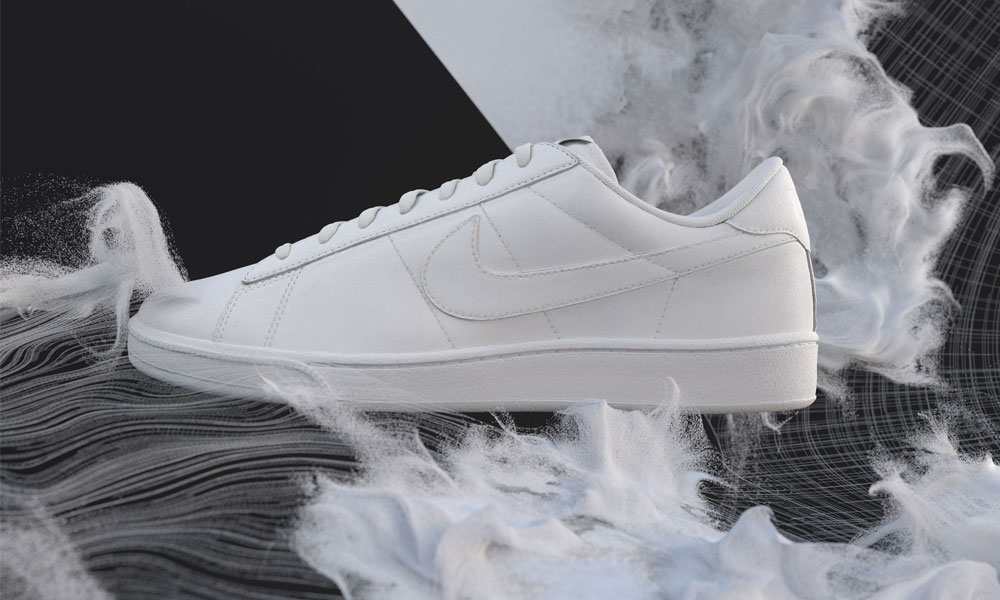Strategy September 26, 2017
Nike Creates More Sustainable Leather Product
Nike has a plan to keep scrap leather out of the landfill. The shoe manufacturer’s new Flyleather combines polyester and leather waste to create a lighter, stronger, more sustainable version of leather. Its first Flyleather shoes were introduced as part of Climate Week NYC in September.

“The earth is the athlete’s biggest playground, so one of our greatest opportunities is to create breakthrough products while protecting our planet,” says Hannah Jones, Nike’s chief sustainability officer and vice president of the Innovation Accelerator. “Nike Flyleather is an important step toward ensuring athletes always have a place to enjoy sport.”
In typical leather production, up to 30% of a cow’s hide is discarded. To reduce waste, Nike take the leather scraps and turns them into fibers, combining them with synthetic fibers. The company uses high-powered water jets to fuse the two together. Once the material is finished, it is put onto a roll to be cut.
According to Nike, Flyleather uses 90% less water and has an 80% lower carbon footprint than traditional leather manufacturing. But, the company maintains, it also retains a premium feel, despite the synthetic additives. “Nike Flyleather completely mimics athletic, pigmented full-grain leathers in everything from fit to touch,” says Tony Bignell, Nike’s vice president of footwear innovation. “Unlike with traditional leathers, Flyleather can be produced with a consistent grade across a broader range of product.”
In mid-September, Nike released the Flyleather Tennis Classic, the first shoe to feature the new technology. It also created limited editions of other popular styles, including the Jordan 1, using Flyleather.
